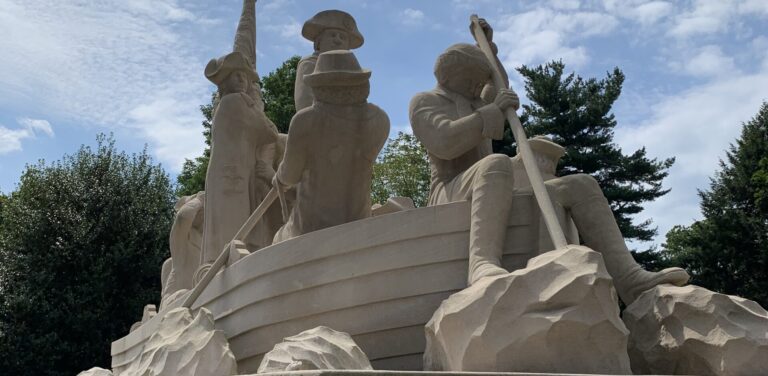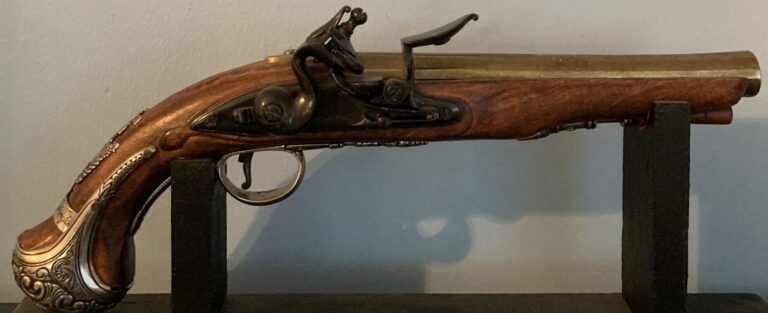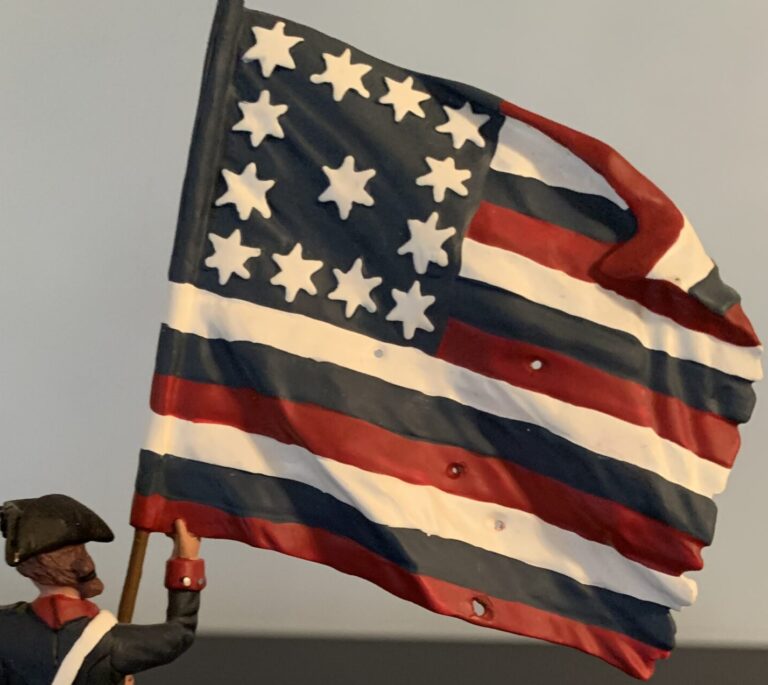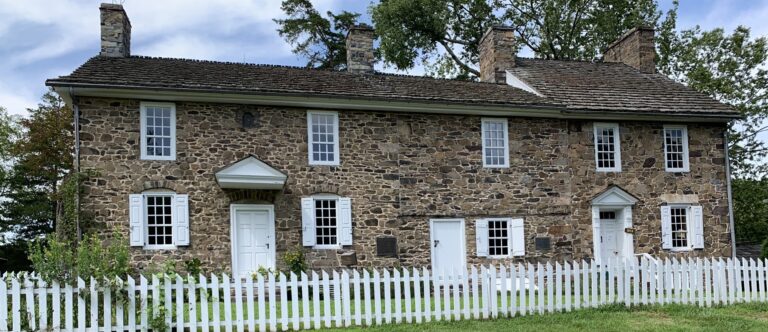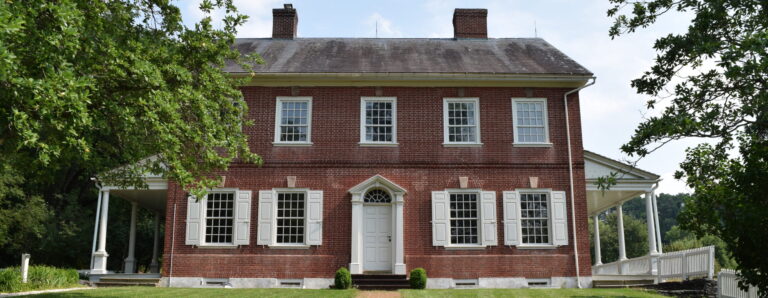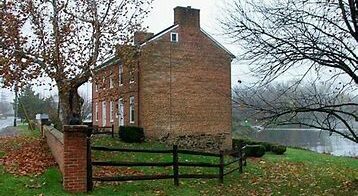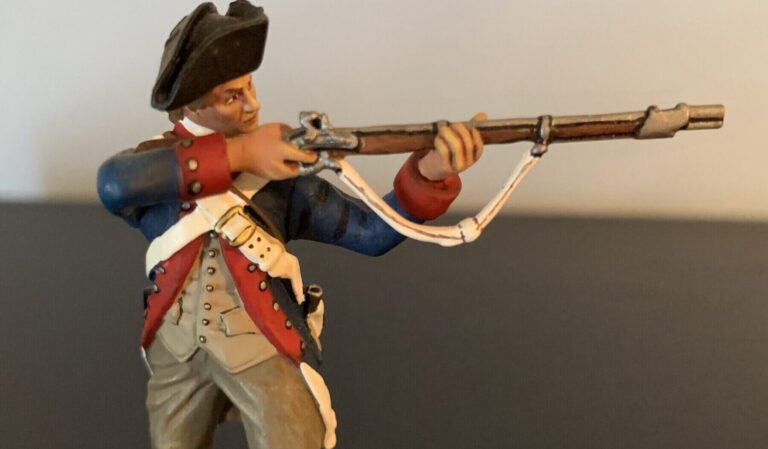The men in arms who embodied what George Washington termed the “Glorious Cause”—the struggle for young America’s right to rule itself—suffered deprivations that we can only imagine today. In the memoir of his service with the Connecticut militia and the Continental army during the Revolutionary War, Joseph Plumb Martin observes: “The period of the revolution has repeatedly been styled ‘the times that tried men’s souls.’ I often found that those times not only tried men’s souls, but their bodies too.”
Then
What kinds of personal sacrifice were entailed in our quest for independence?
To cite just one notable example, the Delaware Regiment—known as the Delaware Blues for the color of their uniforms—endured an array of hardships that I referenced in John Haslet’s World as follows:
From 1776 to 1783, the Blues would march in broken shoes or without shoes, on rutted roads and where there were no roads, in mud and sand, across marshes and streams, in sweltering heat and frigid cold, for thousands of miles. They slept—or attempted to—in tents in freezing weather, or absent any shelter whatsoever, missing blankets or any covering, on the bare ground in rain and snow, in need of clothing, food, and drink, and going without pay from one year to the next.
One especially challenging period serves to graphically illustrate the challenges this regiment confronted: after encountering the ferocious winter weather and acute food shortages that plagued Washington’s army during its Morristown encampment of 1779-1780, the Delawares plunged into the Southern campaign of 1780 that brought with it searing heat and multiple illnesses arising from their natural surroundings. They survived for two weeks on a diet of a half-pound of flour a day for each man and spoiled beef supplemented by green apples and peaches from nearby orchards.The ordeal left them weak and sick.
In Washington’s general orders of April 19, 1783, which confirmed the termination of hostilities with Great Britain eight years to the day after the eruption of those hostilities at Lexington and Concord, the commander-in-chief paid tribute to “the honest exertions of a feeble people (determined to be free) against a [powerful] Nation (disposed to oppress them) and the Character of those who have persevered, through every extremity of hardship; suffering and danger being immortalized by the illustrious appellation of the patriot Army.”
These hardships were shared by those not in combat. Civilians suffered, and in some cases died, from diseases unintentionally spread by soldiers on both sides, naval attacks on coastal communities, Indian raids, the use of tactics that would be termed “guerrilla warfare” today, and siege operations. The violence perpetrated against civilians by soldiers on both sides included widespread loss of property as well as physical assault. And of course, women of modest means were forced to shoulder the burden of operating farms and shops left behind by their husbands who had gone off to war—in addition to caring for their families.
Now
Recalling how a young nation’s citizen-soldiers met the most formidable challenge of their time impels one to salute those who’ve exhibited the same spirit of determination and self-sacrifice that’s required to meet the most daunting challenge of ours. We’ve seen that resolve manifested in recent months by our unsung pandemic heroes—the health care professionals, first responders, and essential workers who set an example for us all. They’ve demonstrated what true patriotism is all about. Decency, common sense, and public spiritedness call upon the rest of us to support their efforts and take the necessary precautions that will protect each other from the latest foreign adversary to threaten our common welfare and security.
When it comes to making sacrifices, wearing a mask and observing appropriate distancing in social settings are hardly commensurate with the severity of hardships endured by our forebears, especially when there looms not so far ahead a vaccine-induced light at the end of what might otherwise seem an interminable tunnel. We can do this. We must do this.

